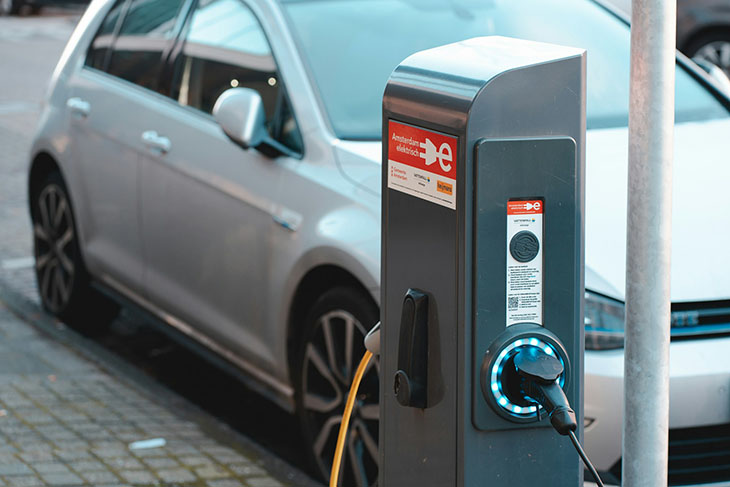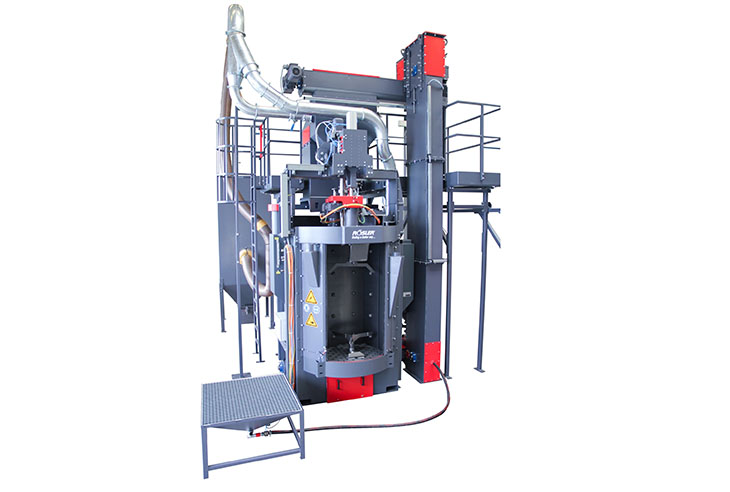As electric vehicles become more popular, consumers interested in potentially buying them want assurances of EV safety and that the automobiles they choose will give them sufficient electric vehicle range to support their driving habits and average trip lengths.
Since internal vehicle temperatures and appropriate electric vehicle insulation can significantly affect range averages and consumer safety, strategic manufacturing decisions impact vehicle performance and satisfaction. How much could cooling systems and insulation affect these things?
Hot Weather Decreases Vehicle Range
Many EV owners find their cars’ range decreases when temperatures climb. An analysis of 7,500 vehicles indicated that the range can decrease by 20%-30% in very hot weather. However, it also decreases incrementally in less extreme temperatures.
More specifically, once temperatures hit 80 degrees Fahrenheit, the range goes down by 2.8%. Once they get 10 degrees hotter, the range reduction reaches 5%. Additionally, the range reduction per degree increase gets more dramatic as the heat rises. Vehicles have 15% less range at 95 degrees, and then 31% less at 100 degrees.
However, the researchers cautioned that their study had numerous limitations, such as not accounting for terrain, driving behaviors or the car’s cabin temperature. One notable takeaway was that range reductions did not occur at 70-75 degrees. That suggests that manufacturers could keep the automobiles within their stated ranges if they used electric vehicle insulation and other purposeful cooling measures.
For example, Viton is a fluoroelastomer brand frequently used for engines because it tolerates high temperatures and chemical exposure. Manufacturers use it to insulate electric vehicles’ high-voltage cables, but it also provides insulation to charging port lids, motors and on-board chargers.
The Effect of Battery Overheating on EV Safety
Electric vehicles and other products that use similar power sources are at risk of thermal runaway events, which occur due to rapid temperature and pressure buildup inside the batteries and can cause fires.
However, active cooling systems can recognize the conditions leading up to overheating and prevent the temperature from getting out of control. They primarily work by augmenting the heat transfer process. Most used in electric vehicles rely on air, liquid or refrigerant to cool the overheated areas.
Additionally, engineers can take several specific approaches to control thermal runaways once they occur. The main options are cell-to-cell or module-to-module preventives. They feature materials that stop the spread of excessive heat, making it more controlled. Solutions also exist for battery packs. Although these do not prevent the packs from ultimately getting damaged, their main benefit is giving occupants more time to escape the vehicle.
Research funded by the Australian government indicated all EV fires start from thermal runaway events. However, when batteries have less than 50% charge, they are less likely to ignite. Additionally, the study revealed how EV insulation could make the high-voltage cables less risky for first responders attending these vehicle fires since insulation creates a protective barrier between the electricity conductor and its environment.
The data showed little to no electrocution threats associated with high-voltage cables, even in submerged vehicles. However, those involved with the study still advised against firefighters touching high-voltage cables themselves or with equipment.
Range Differs Substantially Across High and Low-Performing Electric Vehicles
Electric vehicle range is a common consideration for people thinking about purchasing new cars and choosing possibilities other than gas-powered options. However, what they may not realize is that how far a prospective car goes per charge can vary significantly across makes and models. Consumers who look deeper into the technology used for each vehicle would likely find high-tech cooling systems under the hood, too.
A 2023 study found 47% of Americans were not too likely or not at all likely to purchase EVs. Although range anxiety is not the sole reason for their hesitation, it is probably a significant factor. Matters become more complicated once people realize how much range capabilities can differ across various commercial cars.
One investigation involved 4,200 cars, 5.2 million trips and 102 make, model and year combinations. The researchers wanted to see how temperature impacted range capabilities. Among the broad takeaways were that both hot and cold temperatures affect the range, but the cold has a comparably more significant impact. Additionally, 70 degrees Fahrenheit was the vehicle efficiency sweet spot. Plus, when temperatures begin affecting the range, the associated extent stays fairly consistent across makes and models.
However, some of the findings were more complex. One example was that a vehicle’s range drops by 54% when driven in temperatures of 5 degrees Fahrenheit. The decrease is steeper in hot temperatures, though.
Moreover, the study concluded that vehicles in the 90 percentile for performance had 32% more range than average and twice as much as vehicles scoring in the bottom 10%. The researchers also expected that EVs with modern thermal management systems, such as heat pumps, would have less dramatic temperature-related range shifts.
The Numerous Impacts on Electric Vehicle Range
The latest research shows an electric vehicle range is not as clear-cut as it seems in manufacturers’ marketing materials. Instead, the typical climate can have a significant effect, justifying engineers’ efforts to keep the temperature as moderate and stable as possible through electric vehicle insulation, active thermal management and other mitigation measures.
Additionally, temperature control affects EV safety by making thermal runaway events less likely. Once more people perceive electric vehicles as safe and suitable for their driving conditions and trip preferences, they’ll be more likely to become satisfied EV owners.























